Walk down any grocery store aisle or even down the aisles of a convenience store, and you’ll see lots of gluten-free options. Even products that never contained gluten will proudly proclaim their gluten-free status.
Not only are these products often more expensive than their gluten-containing counterparts, but they’re also usually just straight-up junk food. And if you are not part of a tiny segment of people who really must follow a gluten-free diet, going gluten-free can actually be harming your health.
What is Gluten?
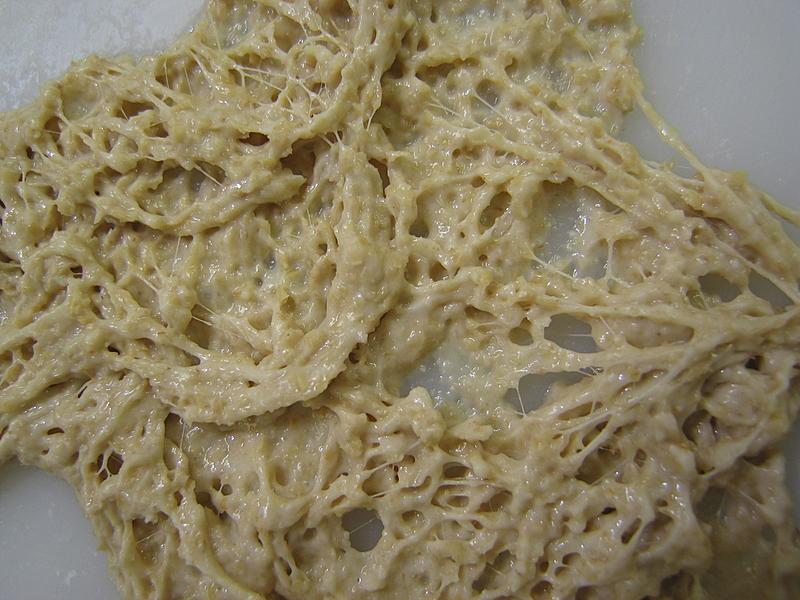
Gluten is a sticky protein found in grains like wheat, rye, spelt, and barely. The two main proteins in gluten are glutenin and gliadin, gliadin being responsible for most of the ill effects of gluten consumption.
When gluten-containing flour is mixed with water, the gluten proteins form a sticky, glue-like substance. This stickiness is desirable; it gives dough the ability to rise when baked and gives bread the chewy texture that we like. For the vast majority of people, eating gluten has no ill effects.
Who Should Avoid Gluten?
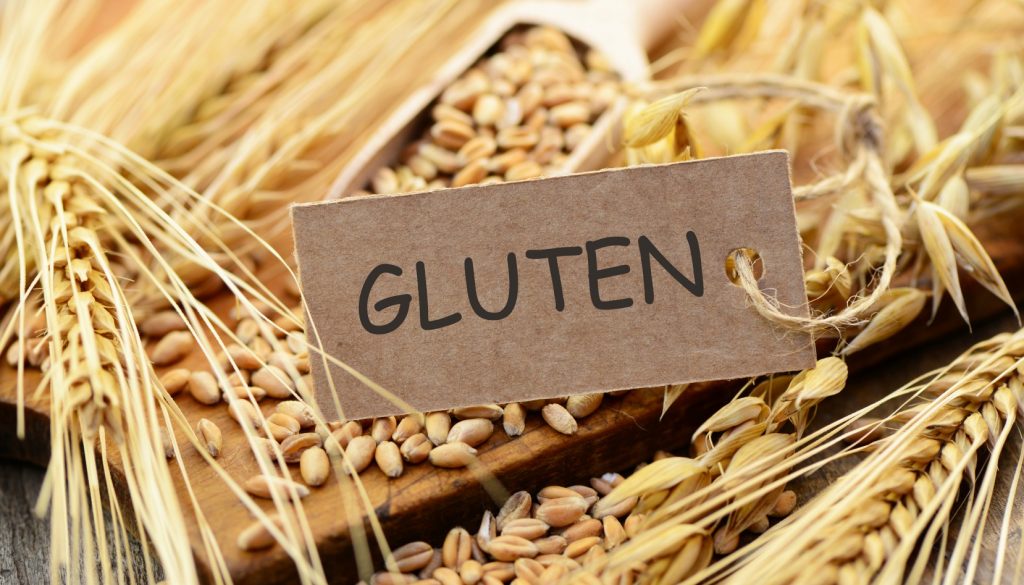
The only people who really have to adhere to a gluten-free diet are those with celiac disease. Celiac disease is an immune response to eating gluten that creates inflammation and damages the lining of the small intestine. How many Americans have celiac disease? Only about 1%.
Some people with a less severe condition known as non-celiac gluten sensitivity may feel better after adopting a gluten-free diet as may those who have a wheat sensitivity.
Possible Problems of a Gluten-Free Diet
There is no reason for the rest of us to avoid gluten, and there can be dangers of doing so.
Gluten is Everywhere!
If you’re considering going gluten-free, you probably already know you’ll need to avoid or find gluten-free versions of things like bread, cereal, pasta, and beer. But those are far from the only sources of gluten.
Gluten is also found in things like pre-sauced frozen vegetables, vitamin supplements, some medications, and even toothpaste! You’ll also have to know all the various names gluten hides behind on labels, including Triticum Vulgare, Triticale, Hordeum Vulgare, Secale Cereale, and Triticum Spelta.
You had better warn your wallet before going gluten-free. Overall, gluten-free products are 183% more expensive than similar gluten-containing products. That means your morning bagel will go from costing you $1 to costing you $2.83. Maybe just go, Paleo!
Tummy Trouble
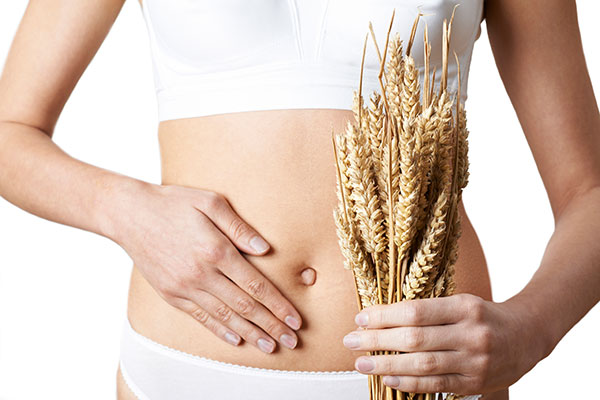
Vegetables and fruits are a great source of fiber, but the fact is, many of us get the bulk of our fiber from eating grains. Reducing or eliminating grains without upping your fiber intake from other sources can leave you constipated and bloated.
Too Much Arsenic
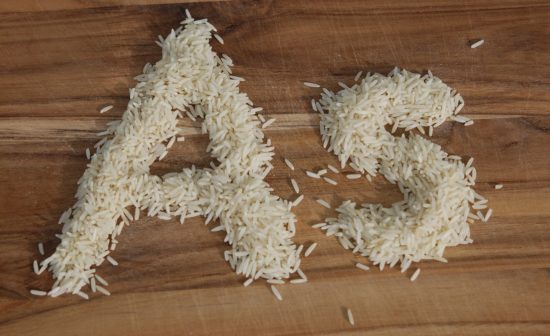
If you’re looking to go gluten-free but not give up grains entirely, you may add more rice to your diet as rice is naturally gluten-free. But rice naturally contains arsenic, and the levels are increased by pollution. Yes, that arsenic, the method of choice for 19th Century poisoners!
Eaten occasionally, the levels of arsenic in rice and rice products are not that concerning, but when rice becomes a big part of your diet, as it might when going gluten-free than yes, you can be ingesting unsafe levels of the stuff.
Gluten-Free Junk is Still Junk
A lot of products that are gluten-free are nothing more than processed junk food. Reese’s Peanut Butter Cups, Pirate’s Booty, Sour Patch Kids, and Cheetos, for example, are all gluten-free. Just because something is gluten-free doesn’t mean it’s healthy.
Dietary Deficiencies
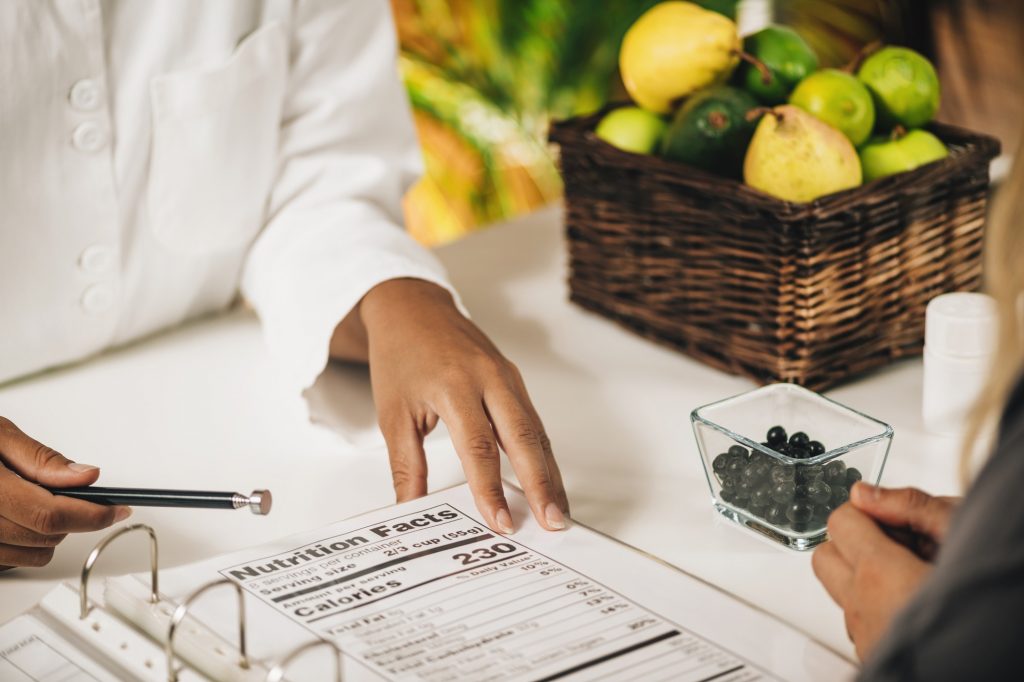
Some gluten-containing foods are good sources of vitamins and minerals like Vitamin B, Folic Acid, Iron, Zinc, Niacin, Thiamine, Riboflavin, Calcium, and Phosphorus. You can make up for those deficiencies with gluten-free foods and supplements (that you know are gluten-free), but it will take some dedication and research to make sure the replacement foods are giving your body what it needs and in the right amounts.
What is Removed Must Be Replaced
When the low fat craze started in the 1980’s loads of new products, hit the shelves that were low in fat. But if you take out fat, the food doesn’t taste as good, so the fat had to be replaced with something else. In the case of low fat, the replacement was usually sugar. We now know that sugar is very detrimental to human health and the right fats are good for human health.
The same is true for gluten. Gluten gives foods a nice, chewy texture. When the gluten is removed, it’s often replaced by things like inflammatory processed industrial oils like corn, soybean, and sunflower. Those omega-6 fats are not only inflammatory, but they block the anti-inflammatory omega-3 fats.
It Makes Traveling Tough

We’re lucky here in New York City. We have plenty of choices for gluten-free restaurants (and really any kind of restaurant). But if you travel (When we can travel again!), staying gluten-free can be challenging. It can be incredibly tough if you’re in another country and facing a language barrier.
Should You Go Gluten-Free?
Unless you suffer from celiac, non-celiac gluten sensitivity, or have a wheat sensitivity, there is no reason to adopt a gluten-free diet. If you have health or weight concerns, we can better address them through other methods that aren’t so strict, expensive, inconvenient, and potentially harmful.
